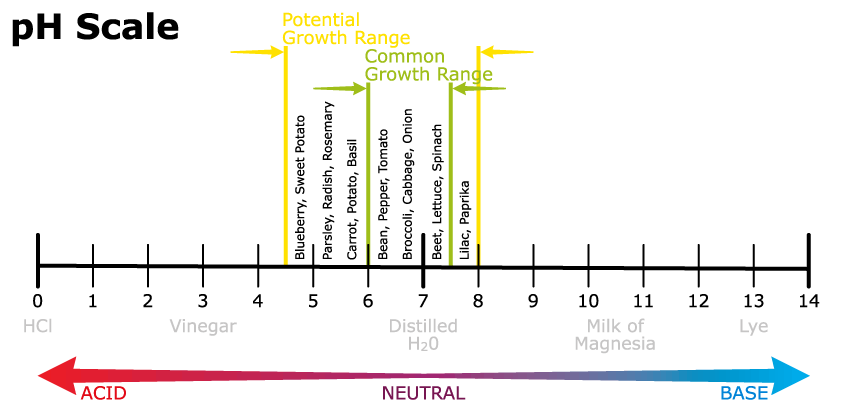Chlorosis is a yellowing of leaf tissue due to a lack of chlorophyll. Possible causes of chlorosis include poor drainage, damaged roots,
compacted roots, high alkalinity, and nutrient deficiencies in the plant. Nutrient deficiencies may occur because there is an insufficient amount in the soil or because the nutrients are unavailable due to a high pH (alkaline soil). Or the nutrients may not be absorbed due to injured roots or poor root growth.
Chlorosis can be because of iron deficiency(called just chlorosis) or nitrogen deficiency(interveinal chlorosis)
Iron deficiency or Intervenial Chlorosis
Interveinal chlorosis is a yellowing of the leaves between the veins with the veins remaining green. . A lack of iron in the soil can cause interveinal chlorosis but so will a number of other soil issues. Just because you have a plant with interveinal chlorosis does not mean you have an iron deficiency. Each of the following conditions can produce the same symptoms. Use Iron sulfate around the plant. This will add iron, in case you do have a deficiency. It will also add sulfur which might help lower your soil pH. You can also try just agricultural sulfur which will lower the pH. When the pH goes down, plants have an easier time getting at the existing iron.
- a high soil pH or Soil is alkaline
- manganese deficiency
- compacted soil
- plant competition
Nitrogen deficiency or Chlorisis
Nitrogen taken up by plants is used in the formation of amino acids which is the building block for proteins. Nitrogen is a structural component of chlorophyll. Urea, ammonium nitrate, calcium ammonium nitrate are common nitrogen-based fertilizers being used. When a plant is suffering from Nitrogen Chlorosis the older leaves of the plant will turn yellow rather than
younger leaves since younger leaves have nitrogen readily available from roots and more absorbing capacity than older leaves. Using azospirillum helps in fixing nitrogen in the soil.
